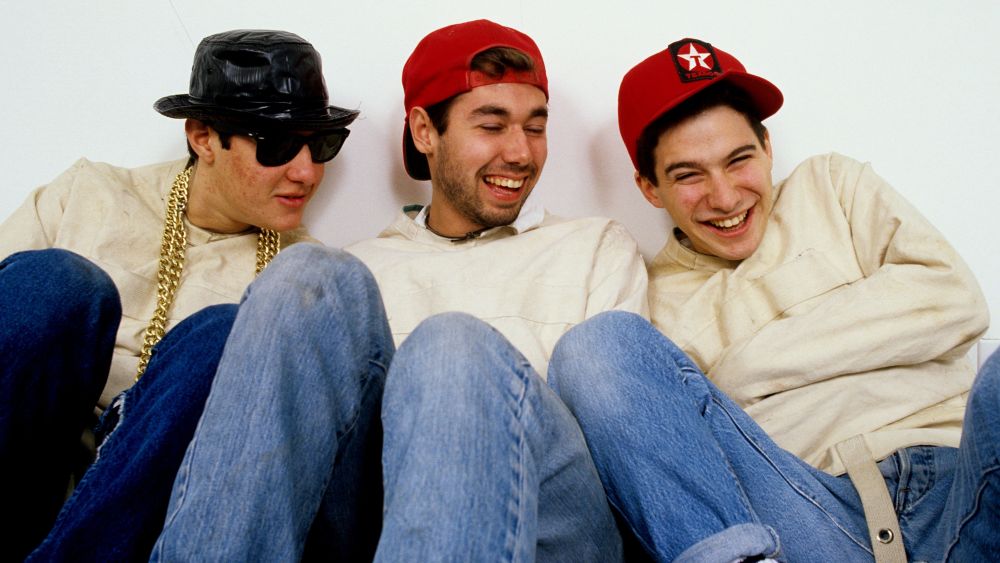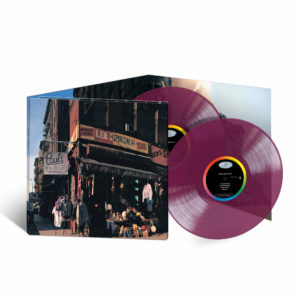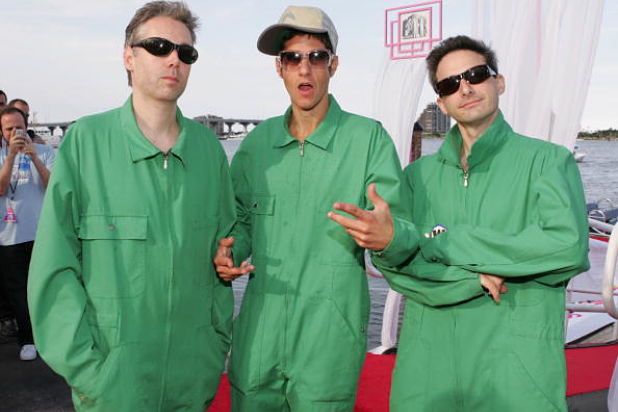The Beastie Boys
There is a reason Paul’s Boutique is considered the gold standard of early hip-hop albums, alongside such greats as Enter the Wu Tang and Public Enemies It Takes A Nation Of Millions To Hold Us Back. It is sampled hip-hop at its finest, complex and experimental while still retaining that sound of playful rebellion Ad-Rock, Mike D, and MCA first pioneered in 1986 with their debut License to Ill. This sophomore album was an evolution of both maturity and technique, the perfect coming of age for a band that broke into the mainstream off the backs of songs that celebrated youthful immaturity, such as “Girls”and “Fight For Your Right”.

Underneath what critics had derided in the mid 80’s as frat rap rested the mind of three progressive hip-hop musicians waiting for an opportunity to prove themselves. License to Ill, produced three years before Paul’s Boutique (under a new start-up called Def Jam Records) alongside Rick Rubin, was a teenage celebration of catchy tunes, simple driving beats and pumped up samples. A truly joyous tribute to the piecemeal aesthetic of a young and broke NYC hip-hop culture and a success that launched the Beasties and Rubin into the national spotlight.
Along with it came critiques though, who accused them of pandering to the same working-class, borough aesthetic they emerged from. The elitist upper crust rejected a new youthful street sound, and the streets turned against what they saw as an overly commercial, jock hip-hop characterization of an emerging movement on the public stage.

Paul’s Boutique was an answer to the critical noise, a complex yet unpretentious work of hip-hop art built entirely from samples and raw, apartment-recorded vocals. Beasties expanded their style to incorporate new musical elements while still retaining the playfulness that defined their first album, elevating it past the criticisms of simplicity and mass market appeal that had haunted them, while still being an utter joy to listen to. The Beastie Boys had evolved, despite others attempts to categorize them.
“To All The Girls” is a chill introduction to the heavily sampled form, paying playful homage to the youthful sexuality of their first album before breaking into “Shake Your Rump”, perhaps the best track to illustrate how the Beasties viewed their new sound. The grooving hooks, and joyful intensity is still in full force, but unlike a track off their first album such as “Brass Monkey” (which finds the three driving the intensity by sharing every vocal line) there is a clear division of vocal parts from the boys to highlight the lyrical creativity and movement. They flow like staggered poetry in and out of each other, separated by audio channels and bringing different elements to the track. This intense vocal choreography is broken up by experimentally groovy samples, with rhymes spoken so fast we barely have time to register the mischievous wit at play.
For my money, “Johnny Ryall”and “Shadrach” are the strongest songs on the album, interweaving split vocals with catchy hooks. Both are powered by irresistibly funky drum loops, tucked up tight to the ears while the boys duck around the background. The vocals are mixed with a more distant reverb, a layer of the undeniably Beastie Boys sound. It produces that feeling of separation from their instruments in the sonic space, reinforcing the classic Beastie feeling that these are just gifted amateurs who stumbled into a studio with some insightful lyrics and a strong producer. That vibe that was truer to life on their first collaboration with Rick Rubin, but hides the progressive craftsman they’ve become by Paul’s Boutique.

Some tracks torture you a bit for that inevitable reward. “The Sound of Silence” makes for a clever first listen, but any dedicated Paul’s Boutique fan will admit to skipping the first 1:38 from time to time. “Looking Down The Barrel of A Gun” feels like it’s always building towards a hook it never reaches, leaving us compelled but rather unsatisfied. “What Comes Around” meanders, packing the same love of sampling into a slower and less interesting track that seems to devolve into random nonsense as the boys run out of lyrics and ideas. One could argue this is truer to the ethos of the album: a rejection of mainstream cultural norms and conventional artistic ambition, but the level of preparation required to achieve the progressive sonic landscape of Paul’s Boutique makes a case against that.
However casual the Beastie Boys pretend their music is, its complex sampling manipulation and vocal choreography took many hours to get right in the studio. Some tracks just miss the mark because the choices they made didn’t work. The addition of nine extra tracks on the 20th anniversary introduces more chaos than good. What was once a relatively compact album with mostly genius and a couple misses becomes a sprawling 23-track mess.

Still, on CD, Vinyl, or tape, there are few finer albums than Paul’s Boutique. From start to finish the album drives us foreword while slamming you with clever lyrics and catchy loops. In a time where hip-hop was still nationally regarded as a novelty, it’s a work of art constructed by sarcasm and rebellion. Built from the sampled bones of other greats and erected into a glorious middle finger statue that marks the intersection of borough folk and hip-hop.
